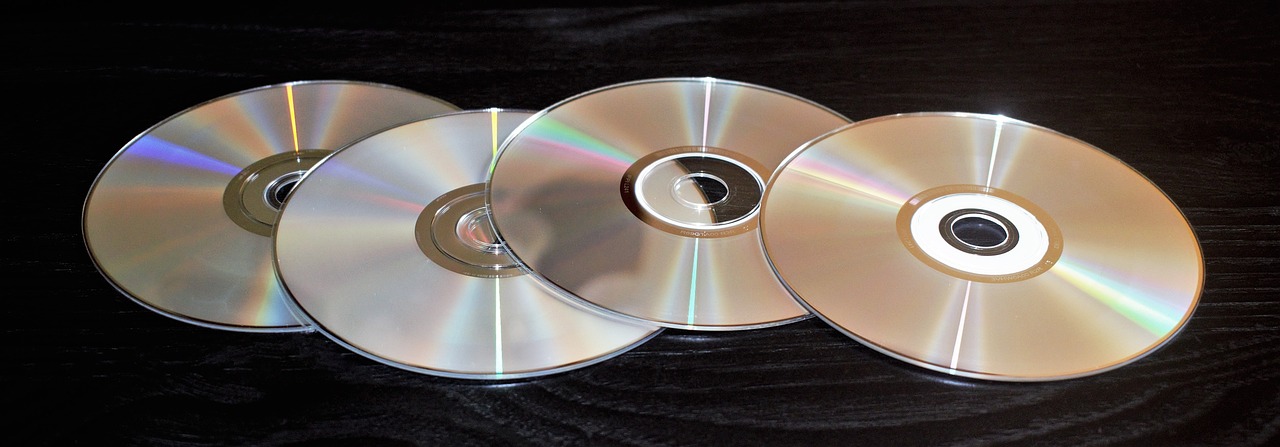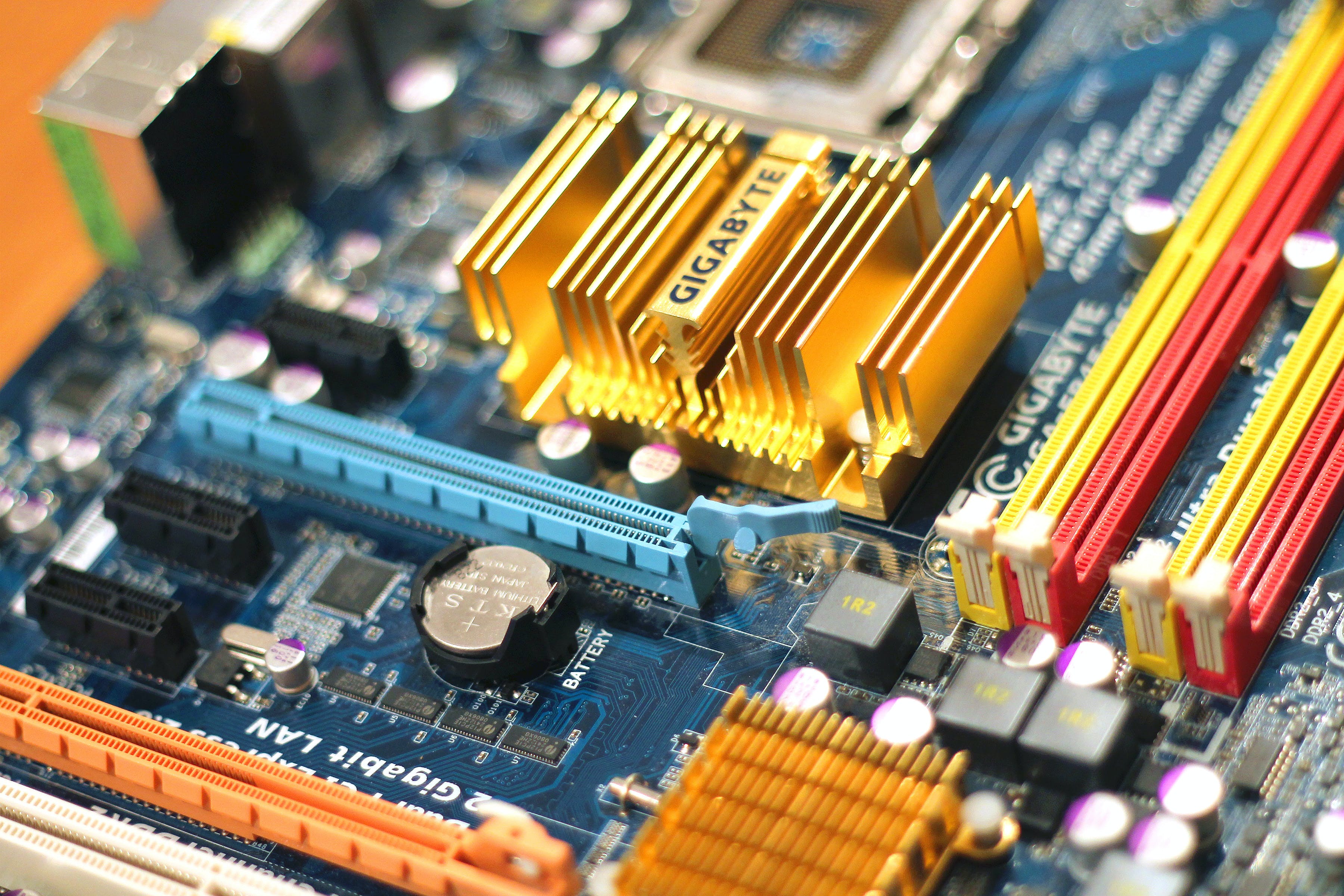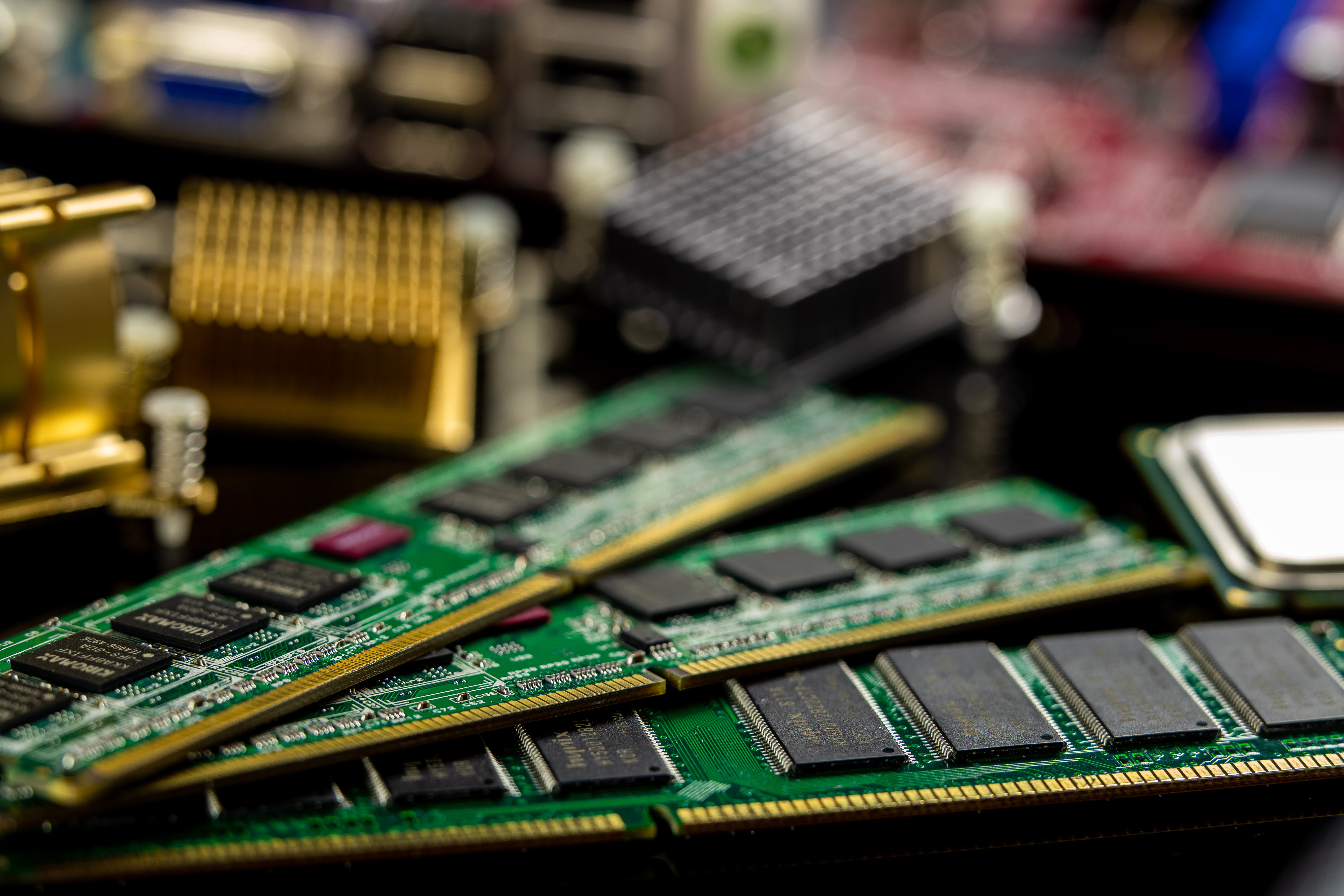Random Access Memory (RAM) and Read-Only Memory (ROM) are two important types of computer memory that have different roles in how a computer works. They are both crucial for storing and retrieving data, but they are used for different purposes. In this explanation, we'll look at the differences between RAM and ROM in terms of how they work, their structure, how they are used, whether they keep data when the power is off, their speed, and their applications.
Functionality

RAM (Random Access Memory):
1. Volatility: RAM is a type of memory that loses its information when the power is turned off. This allows for quick reading and writing of data, but the data is not saved when the power is off.
2. Read/Write Operations: RAM allows both reading from and writing to it, making it dynamic and able to adapt to a computer's changing needs.
3. Temporary Storage: RAM temporarily stores data actively used or processed by the computer, such as the operating system, applications, and current data.
ROM (Read-Only Memory):
1. Non-Volatility: Unlike RAM, ROM keeps its data even when the power is off. This makes ROM suitable for storing essential system instructions that should remain intact through power cycles.
2. Read-Only Nature: ROM is primarily for reading and is not designed for frequent updates. Once data is written to ROM, it is challenging or impossible to modify.
3. Permanent Storage: ROM is used for permanent storage of critical software and firmware, like the BIOS of a computer, which contains instructions for starting up the system.
Structure
RAM:
1. Construction: RAM is typically constructed using dynamic random-access memory (DRAM) or static random-access memory (SRAM) cells. DRAM requires refreshing, while SRAM is faster but more expensive.
2. Accessibility: RAM is organized so the CPU can access any storage cell directly, contributing to its speed and efficiency.

ROM:
1. Read-Only Structure: ROM is constructed using non-volatile memory cells, and data is written during manufacturing. The content of ROM is not intended to be modified during normal computer operation.
2. Sequential Access: Unlike RAM, ROM is typically accessed sequentially, meaning the system must go through the memory sequentially to find the required information.
Usage

RAM:
1. Active Work Space: RAM stores the active working space of a computer, including the running operating system, applications, and data needed for immediate processing.
2. Temporary Storage: Data in RAM is temporary and is lost when the power is turned off, allowing for a quick read and write operations during active use.
3. Cache Memory: Modern computers use cache memory, a high-speed RAM, to store frequently accessed data and speed up system performance.
ROM:
1. Firmware Storage: ROM is commonly used to store firmware, essential for the proper functioning of the computer system, such as the BIOS.
2. Booting Process: During booting, the system reads instructions from ROM to start hardware components and load the operating system into RAM.
3. Embedded Systems: ROM is widely used in embedded systems, like microcontrollers, where a fixed set of instructions and data is sufficient for the device's function.
Volatility
RAM:
1. Volatile Nature: RAM is volatile, allowing for quick read and write operations but losing data when the power is turned off.
2. Dynamic Content: The content of RAM changes dynamically as the computer operates based on the current requirements.

ROM:
1. Non-Volatile Nature: ROM is non-volatile, retaining its data even when the power is turned off, crucial for storing essential system instructions.
2. Fixed Content: The content of ROM is fixed during manufacturing or programming, remaining unchanged during normal computer operation.
Speed

RAM:
1. High-Speed Access: RAM is designed for high-speed read and write operations, offering quick access to stored data.
2. Speed Differentiation: Different types of RAM have varying speeds, with SRAM being faster but more expensive.
ROM:
1. Relatively Slower Access: Compared to RAM, ROM generally has slower access times, suitable for its read-only nature.
2. Read-Optimized: ROM is optimized for read operations, especially during the booting process.
Applications
RAM:
1. System Memory: RAM is the primary system memory, holding the operating system, applications, and data actively processed by the CPU.
2. Virtual Memory: Modern operating systems use a portion of the hard drive as virtual memory to simulate additional RAM.
3. Temporary Storage: Applications use RAM for temporary storage of data that needs quick access and modification.

ROM:
1. Firmware Storage: ROM is used to store firmware, including the BIOS or UEFI firmware in personal computers.
2. Embedded Systems: In embedded systems, ROM is prevalent for storing fixed sets of instructions and data.
3. Cartridges and Storage Devices: ROM is historically used in game cartridges for video game consoles and storage devices like CD-ROMs and DVDs.
In summary, RAM and ROM are important components of a computer system, each serving a unique purpose in storing and retrieving data. RAM is essential for active workspaces, allowing quick read and write operations, while ROM is crucial for storing firmware and essential instructions that need to persist across power cycles. The differences in functionality, structure, usage, volatility, speed, and applications make RAM and ROM complementary elements in modern computing devices.